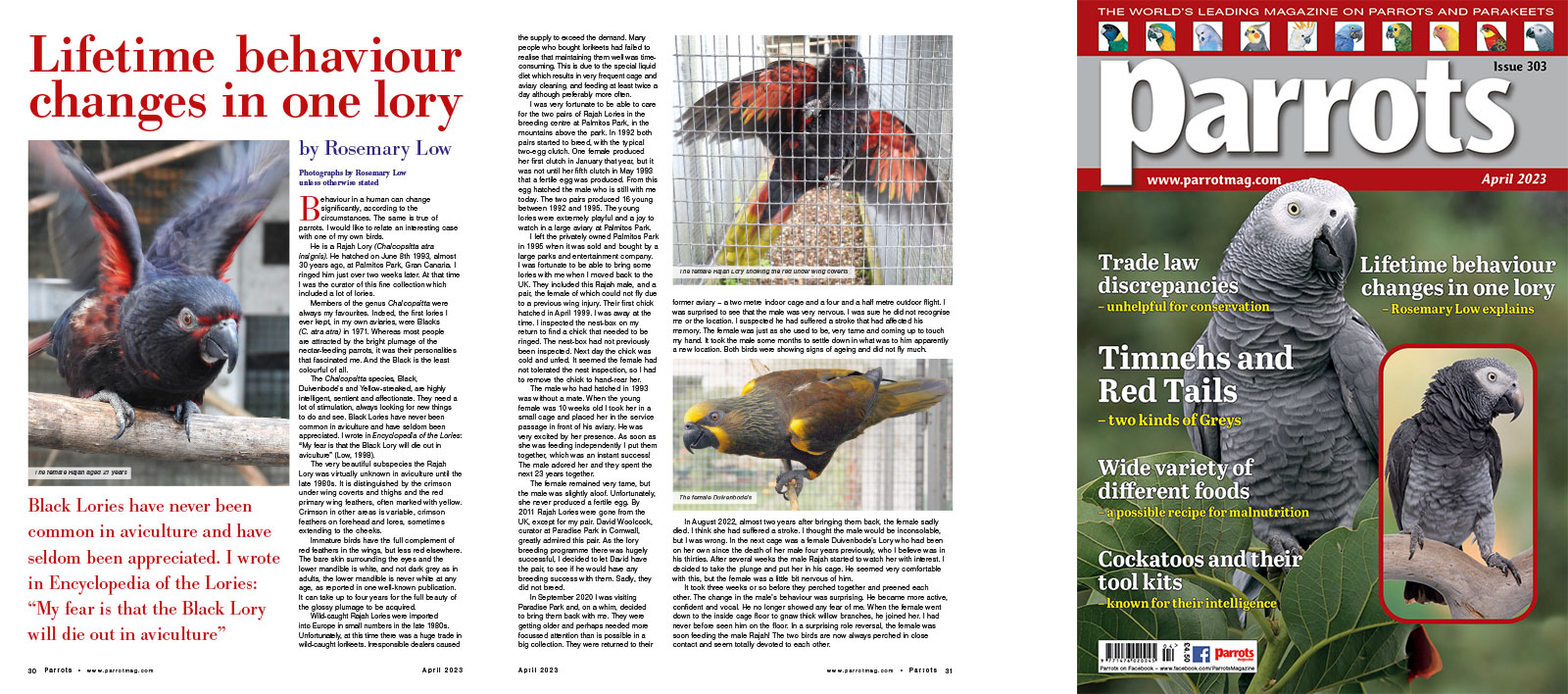
By Rosemary Low
Behaviour in a human can change significantly, according to the circumstances. The same is true of parrots. I would like to relate an interesting case with one of my own birds.
He is a Rajah Lory (Chalcopsitta atra insignis). He hatched on June 8th 1993, almost 30 years ago, at Palmitos Park, Gran Canaria. I ringed him just over two weeks later. At that time I was the curator of this fine collection which included a lot of lories.
Members of the genus Chalcopsitta were always my favourites. Indeed, the first lories I ever kept, in my own aviaries, were Blacks
(C. atra atra) in 1971. Whereas most people are attracted by the bright plumage of the nectar-feeding parrots, it was their personalities that fascinated me. And the Black is the least colourful of all.
The Chalcopsitta species, Black, Duivenbode’s and Yellow-streaked, are highly intelligent, sentient and affectionate. They need a lot of stimulation, always looking for new things to do and see. Black Lories have never been common in aviculture and have seldom been appreciated. I wrote in Encyclopedia of the Lories: “My fear is that the Black Lory will die out in aviculture” (Low, 1998).

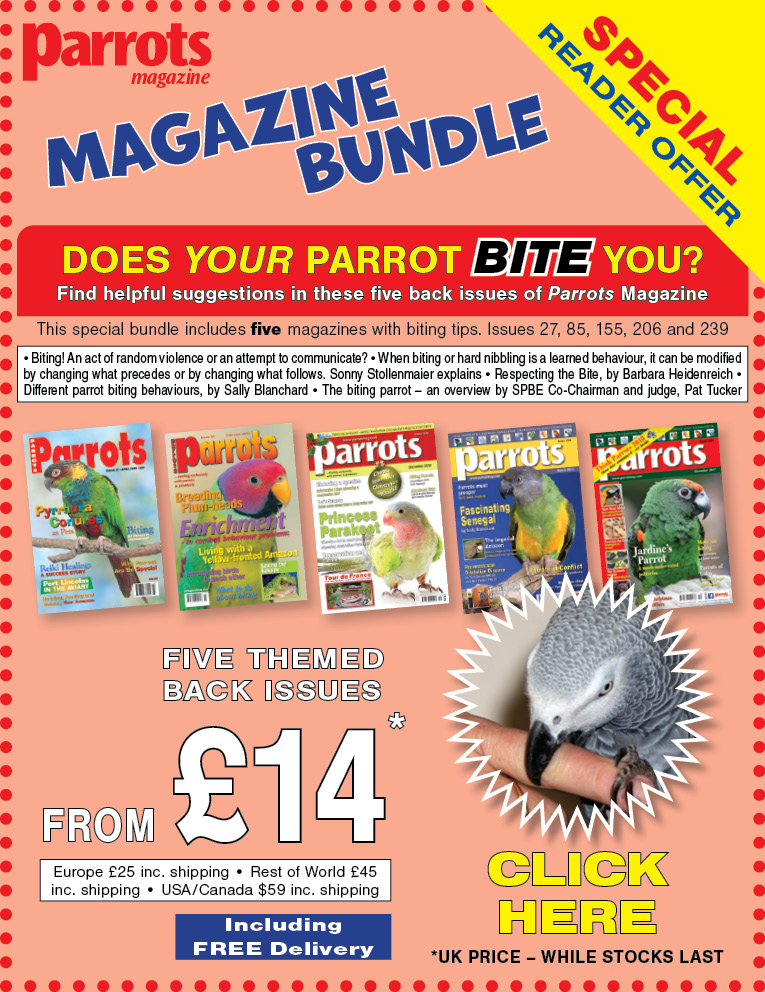
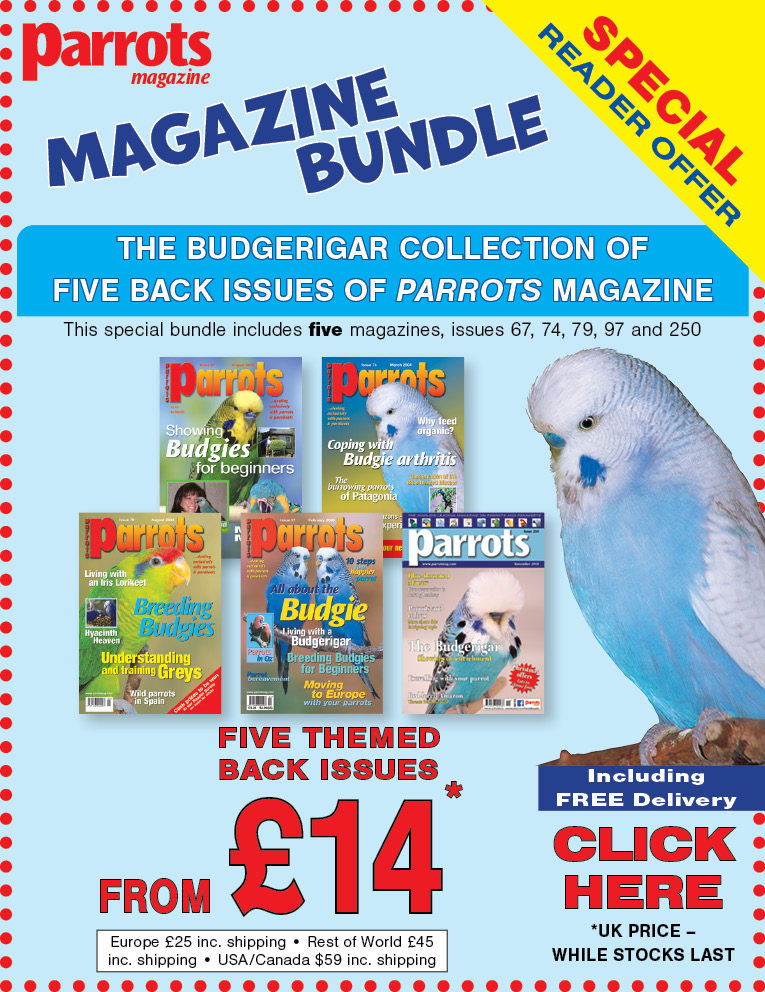
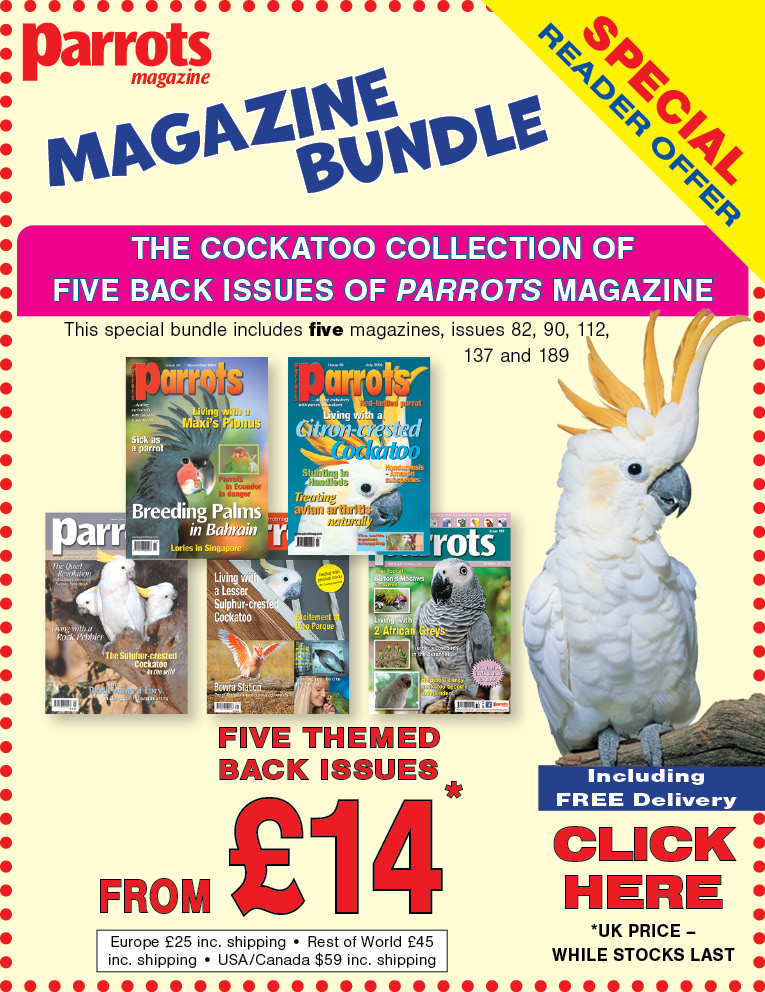
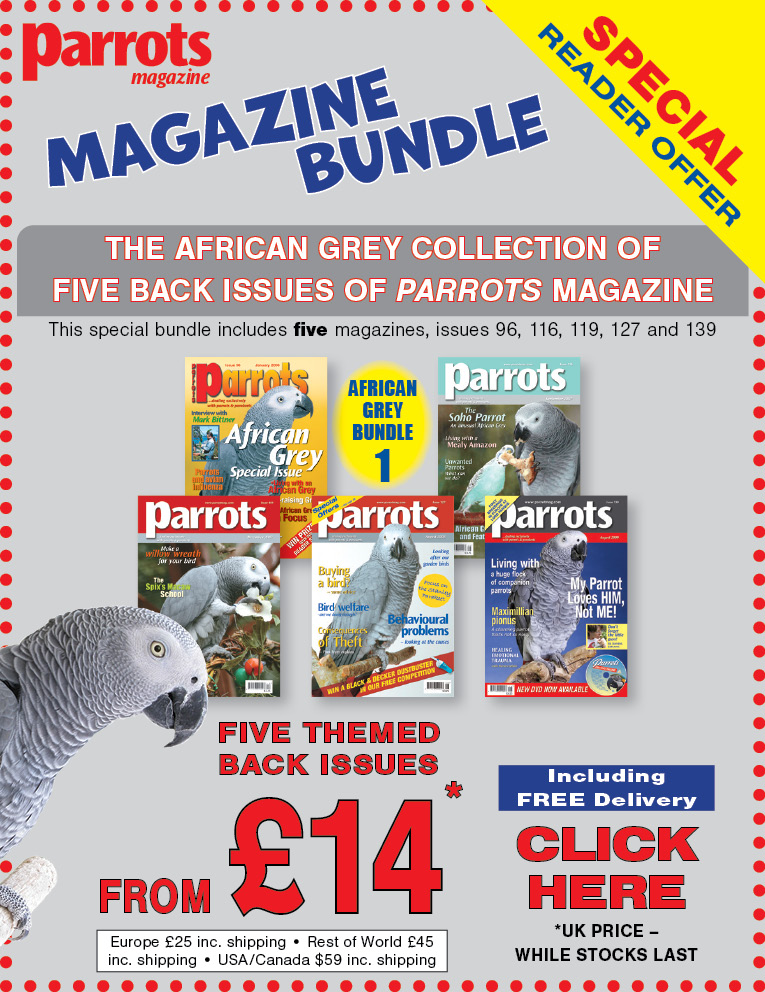

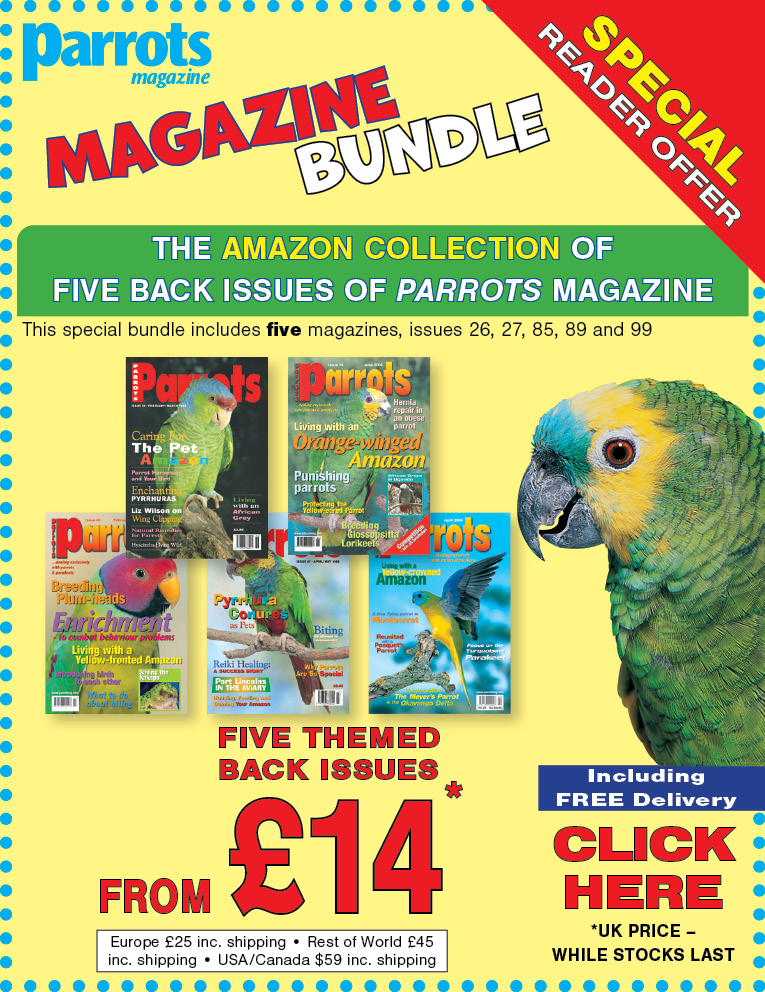

Parrot Chat
Buyers Guides
Breeding articles